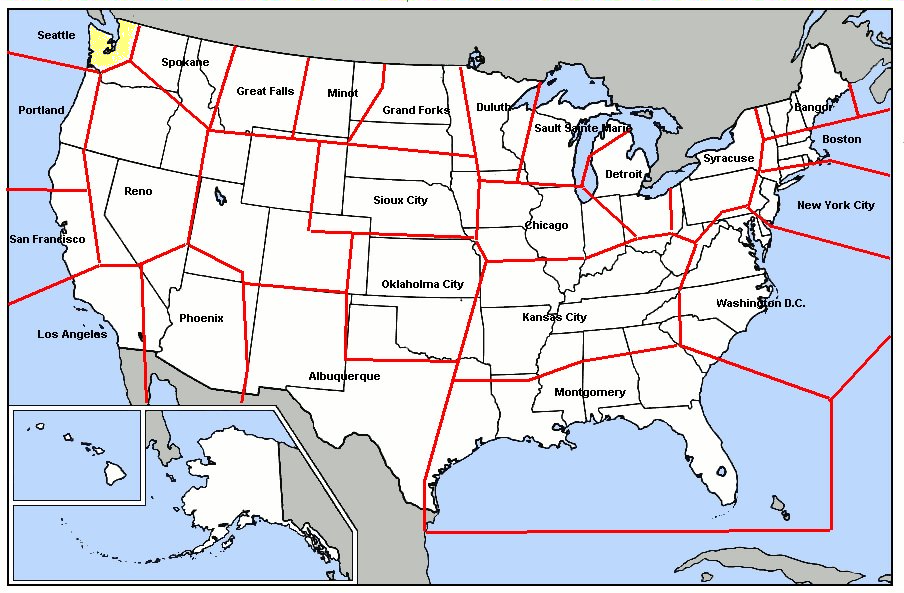|
Arctic Tower
An Arctic Tower (Tower AB-343/FPS) is a 20 ft diameter cylindrical radar station structure of the AN/GPA-33 Radar Set Group for protecting a USAF radar's antenna and electronic cabinets. Designed for low temperatures and strong winds, the 25 ft high tower's top platform supported an antenna group and a 20 ft high CW-313/FPS radome (truncated sphere of 25 ft diameter, 450 lb) which was "capable of withstanding two inches of ice" and winds of 109 knots. The 25,000 lb Arctic Tower was designed for supporting Radar Set AN//TPS-10D (AN/FPS-4) or Radar Set AN/TPS-1D, and could support other systems up to a load of 100psf on the 20 foot diameter platform, the interior 2nd floor, or the ground floor. In addition to protecting a radar system, the tower housed other AN/GPA-33 equipment such as the Radome Interior Control Group (OA-709/GPA-33) which included *a pressure chamber (with pressure relief door) to prevent "loss of radome pressure when entry or exit is made" (e.g., for maint ... [...More Info...] [...Related Items...] OR: [Wikipedia] [Google] [Baidu] |
AN/FPS-4
The AN/FPS-4 Radar was a Height-Finder Radar used by the United States Air Force Air Defense Command Aerospace Defense Command was a major command (military formation), command of the United States Air Force, responsible for continental air defense. It was activated in 1968 and disbanded in 1980. Its predecessor, Air Defense Command, was est .... MIT's Radiation Laboratory developed and produced the first version of this radar near the end of World War II. Zenith produced the A-model sets in the post-war period. The vertically mounted antenna was three feet wide and ten feet long. Two operators were needed to run the set. The initial model operated at a frequency of 9000 to 9160 MHz and had a maximum reliable range for bombers of 60 miles at 10,000 feet. An updated version designated the AN/FPS-4 was produced by the Radio Corporation of America (RCA) beginning in 1948. Some 450 copies of this and the trailer-mounted AN/MPS-8 version were built between 1948 and 1955. Te ... [...More Info...] [...Related Items...] OR: [Wikipedia] [Google] [Baidu] |
Burroughs AN/FST-2 Coordinate Data Transmitting Set
The Burroughs AN/FST-2 Coordinate Data Transmitting Set (CDTS) was a Cold War military computer system at SAGE radar stations for displaying aircraft tracks and converting them for digital transmission to IBM AN/FSQ-7 Combat Direction Centrals at air defense data centers. Developed by the Great Valley Research Laboratory of the Burroughs Corporation as part of the Electronic Systems Division's 416L network of computers, 134 CDTSs were deployed. Each was to "process the raw radar data, antenna position information, and IFF data, and send it over voice grade toll phone lines" at ~1200 baud with 1/4 mile precision. The transmissions were received as "Long Range Radar Input" at SAGE Direction Centers, which performed the aircraft control and warning operations (e.g., launch and flight control for CIM-10 Bomarc SAMs) and provided command information to Command Centers which forwarded data to the NORAD command center in Colorado (Ent AFB, 1963 Chidlaw Building, and the 1966 Cheyenn ... [...More Info...] [...Related Items...] OR: [Wikipedia] [Google] [Baidu] |
Semi Automatic Ground Environment
The Semi-Automatic Ground Environment (SAGE) was a system of large computers and associated networking equipment that coordinated data from many radar sites and processed it to produce a single unified image of the airspace over a wide area. SAGE directed and controlled the NORAD response to a possible Soviet air attack, operating in this role from the late 1950s into the 1980s. Its enormous computers and huge displays remain a part of cold war lore, and after decommissioning were common props in movies such as ''Dr. Strangelove'' and ''Colossus'', and on science fiction TV series such as ''The Time Tunnel''. The processing power behind SAGE was supplied by the largest discrete component-based computer ever built, the IBM-manufactured AN/FSQ-7. Each SAGE Direction Center (DC) housed an FSQ-7 which occupied an entire floor, approximately not including supporting equipment. The FSQ-7 was actually two computers, "A" side and "B" side. Computer processing was switched from "A" s ... [...More Info...] [...Related Items...] OR: [Wikipedia] [Google] [Baidu] |
